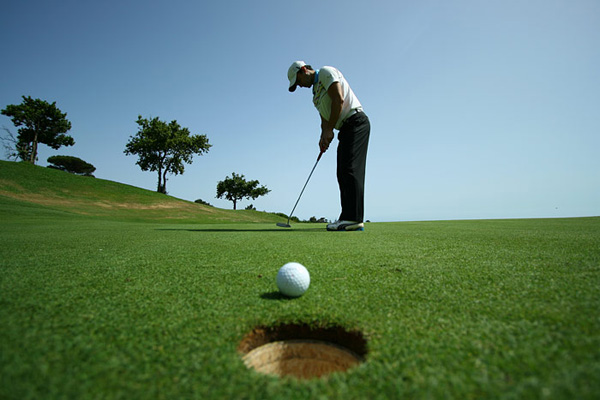Fishing Articles : French Nymphing ?New Approach To Old Problem
The French Nymphing Method is a relatively new approach to an old problem when fly fishing. This technique and rig is a relatively new approach to an old problem ?spooky fish. The more you fish with it, the more you will see its potential.
French fly fishers developed this new nymphing technique during the World Fly Fishing Championship held on their home turf several years ago. The rivers were low and clear, and the fish were skittish.
The key to French Nymphing is contact with the flies, and ultimately the fish. You maintain contact with the flies by extending and elevating our arm and rod at the completion of the cast and never letting the leader touch the water.
Maintain line tension by leading the flies with the rod, keeping the coiled mono section just above the surface. When a fish hits the fly, the coils react by extending. Set the hook. If there抯 no take, finish the quick-set motion with a back cast. This loads the rod for the next presentation.
Since the leader and slinky are elevated, you have a huge advantage over traditional indicator techniques where the line sites on the water.
While French Nymphing, there is no slack in the line, and a minimal distance to move the rod for an immediate set. Furthermore, you can anticipate a trout抯 instinctive reaction by allowing your flies to sink for 3 to 4 seconds, then lifting slowly to cast again.
French Nymping is best done directly upstream or with up-and-across casts. It works in a variety of river conditions, but shines in riffles and runs 2 to 5 feet deep.
French Nymphing Rig:
Super long leaders that are had tied and boiled to make then very supple. Their leaders will average 12 to 25 feet long depending on the conditions.
The rods are usually 10 to 14 feet in length to make fishing this long of a leader a lot easier.
Leader:
The entire leader includes 3 basic parts: tapered leader, slinky (coil) and tippet.
The system抯 main component, the leader requires some explanation. The leader抯 length is typically 12 to 25 feet. A typical leader knotted to the welded loop in the fly line might consist of a thick butt section of about 4 feet of 25-lb or heavier test monofilament of a stiff variety. The material抯 diameter must be equal to or slightly larger than the butt material in the next leader segment. The stiff material will facilitate energy transfer during the cast.
The next part of the leader is the sighter - slinky (coiled mono section). Always carry fly floatant or silicone (green tub) Mucillin. Greasing the spring-like coils helps it float as an indicator in slower, deeper water, where you can抰 French Nymph effectively
After the sighter, a long length of level fluorocarbon leader actually presents the flies underwater. For this example, consider using a 6-foot length of 5X (0.006-inch) diameter material. Approximately 18 inches from the terminal end; attach a 4-inch long dropper tag using a Triple Surgeon抯 knot. Future articles will discuss the rigging抯 knots that employ the Davy Wotton knotting scheme along with the Triple Surgeon抯 knot.
Flies:
Use one or two flies with this technique. The flies should be weighted, slim and designed to sink fast.
Mono Coil Recipe:
You must cook your mono to make it coil. Ingredients include a plastic ballpoint pen, duct tape or rubber bands, and an assortment of different colored mono lines.
Simply wrap 15 to 20 pound test monofilament tightly around the empty pen tube and tape it at each end (rubber bands work too). Leave several inches of straight line off each end to make connecting it to your leader and tippet easier.
Submerge the wraps into a pot of boiling water for 5 minutes. Remove and place them immediately in the freezer overnight to help set the coiled memory.
Final Thoughts:
Building a French Nymphing leader is simpe and there are unlimited variations in color, length, and test. This coil leader system is not just for French Nymphing. Experiment and have fun, that抯 what fishing is all about.
Tight lines, and fun times, Shes So Fly
Fishing Articles : King Of Spey Rods
Fishing Articles : How to Make the Perfect Cast When Fly Fishing


